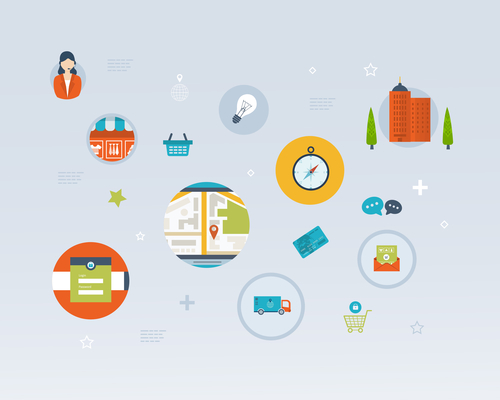By Roy Rasmussen
As price-matching software and other advancing technology makes it harder to compete on price, products and services, customer service is increasingly becoming the only way for businesses to stand out from their competition. But Gartner analyst Ed Thompson says only 5 to 10 percent of companies have truly embraced a culture of customer service, with the rest forced to catch up to stay in business. Meanwhile customer service expectations continue to grow. Microsoft’s latest Global State of Multichannel Customer Service Report found that customers’ expectations are 60 percent higher than a year ago. Before the gap between expectations and performance widens further, catching up with what today’s customers want now is the best way to get a jump on the competition tomorrow.
Meeting Demand for Omnichannel Integration
Omnichannel integration is the dominant direction in customer service, according to a Forrester roundup of current trends. While most customers still prefer voice interaction with company representatives, demand for support over other channels is growing, including self-service, chat and email. Moreover, customers expect to be able to initiate an interaction across one channel and complete it over another without disruption.
Effective omnichannel service today also means integrating the online and brick-and-mortar experience. Business Insider reports that 69 percent of customers are now “reverse showrooming” by going online to research products and then going to stores to buy them. In response to this trend, companies are now taking steps to integrate their online and brick-and-mortar sales and service processes. For instance, if a T-Mobile customer wants to take advantage of a deal on a new iPhone, they now have the option of either ordering online or going to a local store to enjoy the same offer and purchasing experience.
Providing Instant Response
Social media and fast shipping are changing customer expectations for fast service. A recent Harris Poll for Lithium Technologies found that 66 percent of customers anticipate a same-day response to online requests, 43 percent expect a response within an hour and 14 percent demand a response within five minutes. Meanwhile Amazon’s increasingly fast shipping policies continue to raise the bar for delivery expectations. To keep up with these trends, companies are taking steps such as deploying cloud contact centers to provide 24/7 support. Another measure companies are taking is using inventory analytics to keep regional delivery centers and local suppliers stocked and ready for quick shipment. For instance, Walmart uses state-of-the-art supply chain software to forecast product demand and track inventory levels to keep its supplies stocked, according to TradeGecko.
Competing on Customer Service
In addition to providing fast support, meeting customer service expectations also means providing the support channels customers want. Microsoft’s report found that 90 percent of customers now expect brands to offer a self-service portal or FAQ page. Additionally, 49 percent of customers prefer live chat for answering online shopping questions, a Software Advice survey found. A Social Habit survey also found that 42 percent of customers expect inquiries made through social media to be answered within an hour, and 32 percent expect a response within a half hour.
Diversifying customer service options helps businesses increase their customer satisfaction rate and business results. SMS text provider Ez Texting found that adding a live chat widget to its registration page increased its sign-up rate by 31 percent. Streaming media provider Roku also found that adding live chat enabled its brand to compete with Apple TV, despite Apple’s much larger size.
Roy Rasmussen is the coauthor of Publishing for Publicity, is a freelance copywriter who helps small businesses get more customers and make more sales. Follow him at @WriterRoy2012.







